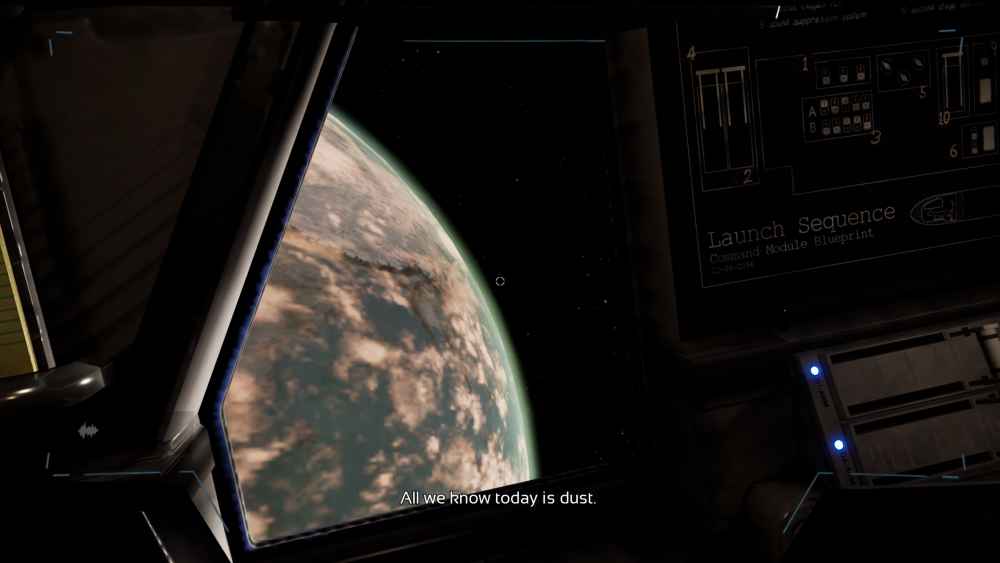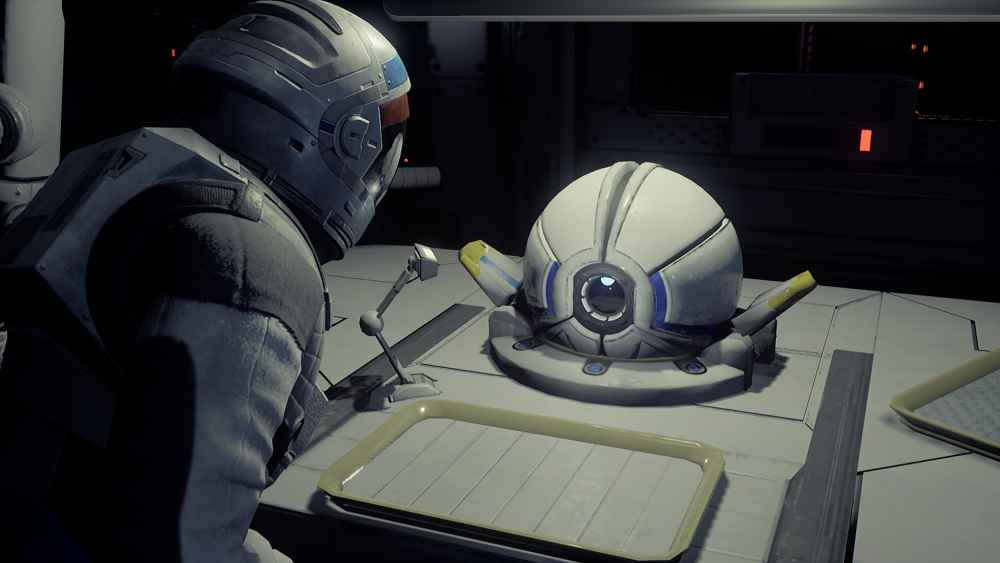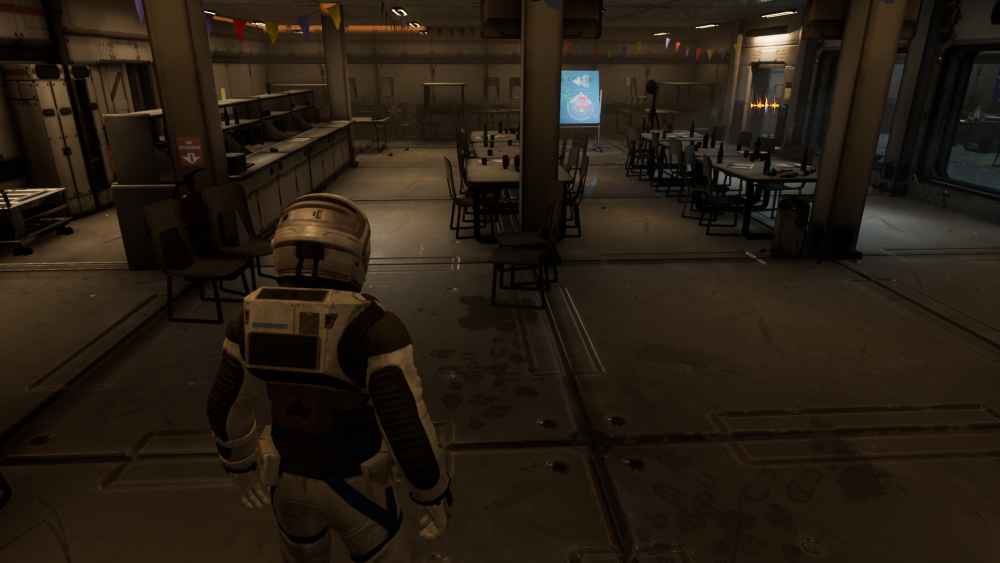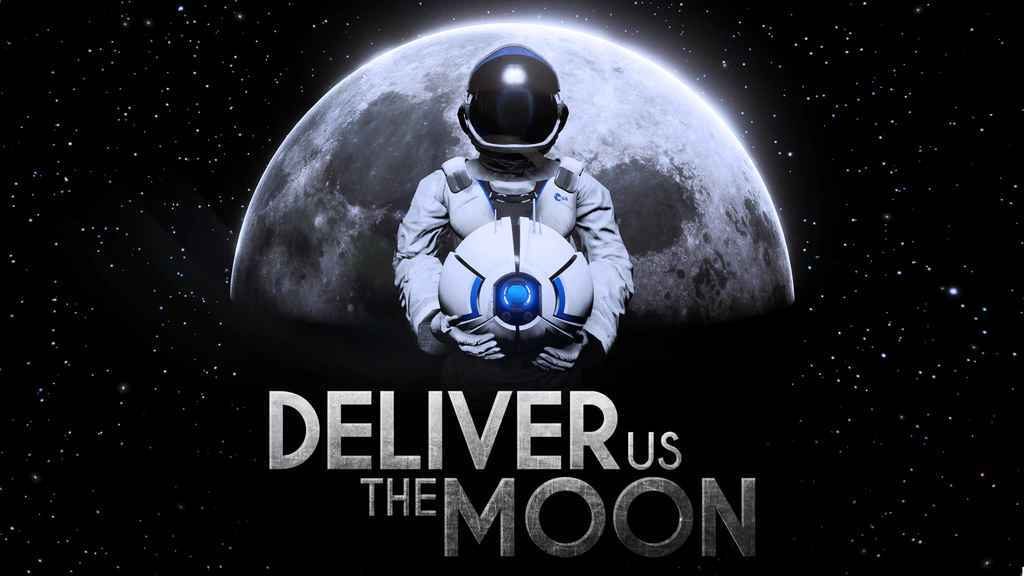Space is my greatest fear. Nothing exists on Earth that is so apathetic to my existence and still has infinite potential to do me in (outside of politics anyway). When I gaze into the void, I see nothing but endless loneliness and disconnect that cannot be stopped or hindered. In fully knowing this, I have to ask why I put myself through games like Tacoma, Observation, and now Deliver Us The Moon? I really enjoy that level of immersive tension, and I love that sort of artistic potential.
Deliver Us The Moon PS4 Review
Subtle Science Fiction
The story of Deliver Us The Moon occurs not too far in the future. 2030 has been and gone, and the world’s resources were tapped, turning Earth into a dichotomy of barren deserts and vast oceans. By 2050, scientists discover that they can harvest and utilize Helium-3 from the Moon. Then in 2052, the first lunar colony was constructed, and mining of Helium-3 began in earnest. To make this sci-fi story truly sci-fi, these scientists discovered a convenient means of transporting that Helium-3 back to Earth: Microwave Power Transmission (MPT).

Earth’s conditions were bettering by 2054 thanks to Helium-3. However, in 2055, the MPT stopped functioning and the world went dark once again. By 2056, a small group of scientists began a project to get back to the Moon in order to figure out what happened and see if the ship could be righted. That’s where you begin your journey.
There is a divide between the two questions you want answered. The question “what happened” is answered through audio and video logs you find on your expedition. The other question, “how do I fix this’, has its answer rooted in Deliver Us The Moon’s gameplay mechanics as often, a hint or two comes from video or audio logs, and gameplay gives hints of what happened, but these two aspects of the game still keep a divide.
This invisible split helps keep both aspects of the game fresh for Deliver Us The Moon’s five-hour journey. Equally so, the little nuggets of details you see and hear contribute to a greater whole that’s absolutely riveting. Ideologies clash and individuals contradict the greater good with bad intentions and ignorant ideas. These parts of the game are more straightforward, but that forwardness allows more of the subtleties of the game to shine much easier.
Strength In Simplicity
Just like anyone, I enjoy stories told through the world around me. However, narrative storytelling has to be absolutely decadent for me to obsess over it. Deliver Us The Moon has that in waves. So much subtlety went into the construction and presentation of this game, and it is all the better for it. What plays into the game’s favor is its choice of a more linear delivery. Instead of over-enunciating waypoints or directions in order to make a large world, KeokeN Interactive chose to focus the path you take in order to allow the handpicked subtleties to shine through once discovered.
No aspect of Deliver Us The Moon asks too much of you, either in how well you play the game or how quickly you solve its puzzles. At the same time, it directs you everywhere you need to go without any real sort of clear direction. All of the telltale in-game signs make their appearance, such as brighter-colored items alongside standard structures or unique pathways that haven’t appeared before. All in all, the game itself is basically linear with light, intriguing puzzles in your way to keep progression feeling fresh.
I do not have a mind for puzzles, as I’m sure many of you already know. I over-complicate what the puzzles want me to do, and I make the experience worse than it should be. With that in mind, I say with complete joy that the puzzles in Deliver Us The Moon mostly offered themselves up to me without diminishing my motivation one bit. Believe you me, I would have been motivated enough to persevere through anything to finish Deliver Us The Moon.

One massive strength that Deliver Us The Moon has over Observation is its varied gameplay. As you progress, you gain new equipment to help you, from a laser cutter to a floating AI companion to even a few stints of driving around the surface of the Moon. These gameplay differences aren’t game-changing by any means. Regardless, the game offers successful variety to a simple formula without making the bread and butter of the game taste bland.
Occasional Malfunctions
As much as I adore this game, I cannot use the superlative “perfect” to describe it. Almost immediately, I experienced minor game freezes when the autosave kicked in. Every single time the game saves, the game also freezes for a second or two. I grew conditioned to this, knowing exactly where my last checkpoint was, but it often got in the way of full immersion.
Deliver Us The Moon offers two different graphical settings: 4K @ 30fps or 1080p @ 60fps. I tried both of these, and both hitched while saving. It’s also worth mentioning that I experienced the entire game on the PS4 Pro, and there was no autosave that passed by without my knowing. I have dedicated this many words to this issue because the rest of the game is seamless and immersive, and that’s often broken by the frozen autosaves.

The beginning of the game took longer to acclimate to than it could have been. The first major puzzle occurs almost immediately after arriving on the lunar base. On top of having to figure out how to do everything, you have limited oxygen levels alongside the way the game delivers its objectives. I appreciate the way the game does not hold your hand in any way, but the first major puzzle takes far more time to complete than others due to a lack of familiarity.
The final issue I had with the game is something minor that didn’t affect me too much, but I can’t help but have a focus on it. The first half of the game is slow and paced as you float through the space station, trying to figure out how to get down to the base on the surface of the Moon. Gameplay and navigation are simple enough here where a mini-map isn’t needed. However, that pace begins to change once you reach the Moon base.
The second half of the game has you running around the base itself, often allowing you to blow through areas quickly. Here, the game opens up just enough to make navigation require extra focus. This is the point where a mini-map would have helped progression. At the same time, Deliver Us The Moon still has a way of pointing you in the right direction, even if it takes a bit longer to find that point.
Potent Expedition
I spend a lot of time on the lookout for the next sleeper title, but every once in a while a game like Deliver Us The Moon falls right in my lap. It’s not perfect, but it takes you on a journey where hope and despair run alongside each other the entire way. A few have done this kind of premise, but few have done it this well. Deliver Us The Moon will be a classic in my collection for years to come.
Review code kindly provided by publisher.
Deliver Us The Moon is available now on PS4.
